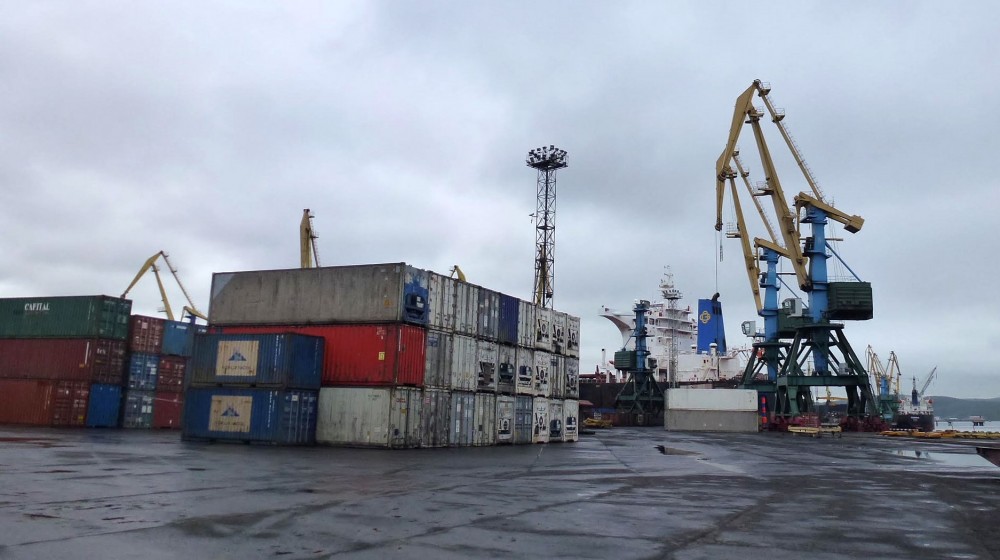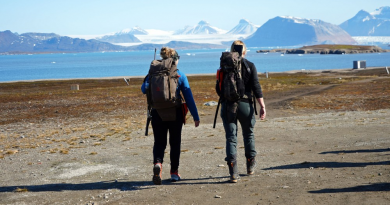Murmansk boosts exports to $4.7 billion, only 3% goes to neighbouring Norway

The Russian Arctic region has almost doubled its exports over the past five years.
It is the powerful mineral and metal industry that overwhelmingly dominates the economy of the Murmansk region. About 70 percent of the region’s exports are metals and metals products, and first of all nickel.
In 2019, the exports amounted to $4,08 billion. In 2020, the trade had increased to $4.7 billion, the Murmansk Center for Export Support informs. That is a growth of 15 percent.
Over the past five years, the region’s exports have almost doubled. In 2016, the trade amounted to $2,45 billion.
According to regional statistical data from 2019, metals products accounted for 67,8 percent of exports, while minerals were 12,4 percent and fish – 19,1 percent.
The nickel industry is the big driver. Since 2016, regional nickel exports have skyrocketed by 90 percent.
The by far most powerful exporter in the region is Nornickel, the leading supplier of nickel to world markets. Also copper is exported, along with aluminium and phosphates.
Netherlands is key export destination
But the Russian Arctic region exports only a minor share of its products to its nearby Nordic neighbour. Exports to Norway in 2019 amounted to only $126 million, or 3,1 percent of the total, of which 60 percent were mineral products and 15 percent – fish.
The key export destination for Murmansk products is the Netherlands, to where 38 percent of the goods are sent. Finland is the second biggest partner with 23 percent of the trade, and Switzerland the third with 20 percent.
The export figures do not include the crude oil shipped transit through the region, nor the coal sent by railway to the Murmansk port for subsequent export.
Compared with exports, the imports to Murmansk is bleak. In 2019, the region imported goods worth $335 million. Over the past five years, imports to the region has remained almost unchanged. Most of the imported goods come from Norway.
Related stories from around the North:
Canada: 44 per cent increase in unique ships entering Canada’s Northwest Passage, says report, Eye on the Arctic
Estonia: Estonian president favorable towards Arctic railway project, cautious about future of Arctic shipping, Eye on the Arctic
Finland: Lapland Regional Council in Finland rejects Arctic railway, The Independent Barents Observer
Norway: Shipping, climate & business opportunities in the North: Q&A with the Arctic Economic Council, Eye on the Arctic
Russia: Moscow plans for 2,000 per cent growth of trans-Arctic shipping over 10 years, The Independent Barents Observer
Sweden: Norwegian customers return to border shops in Sweden, Radio Sweden
United States: Biden admin goes back to drawing board on oil leasing in Arctic Refuge, Alaska Public Media



